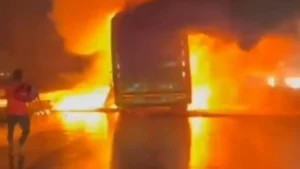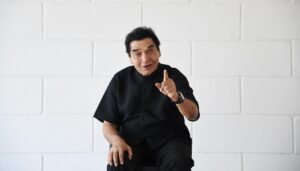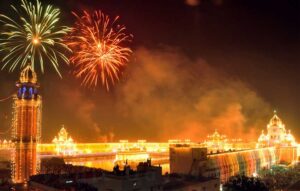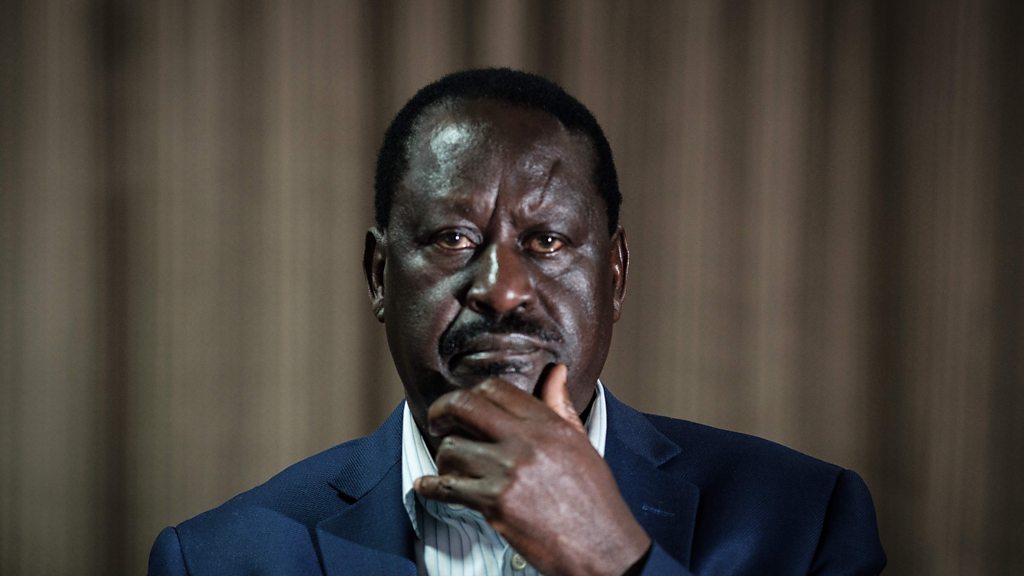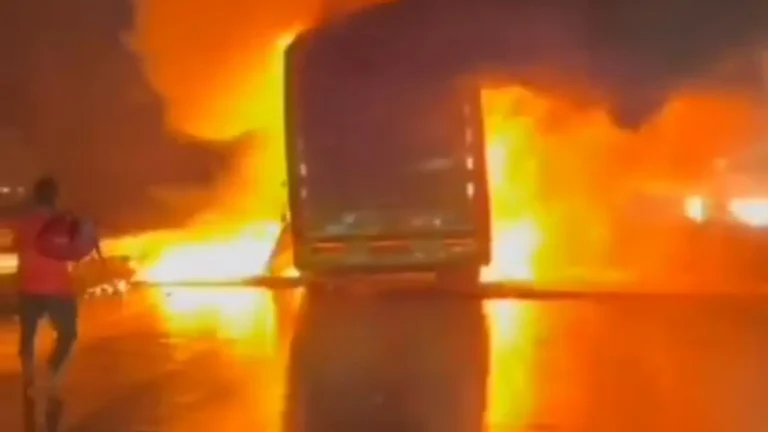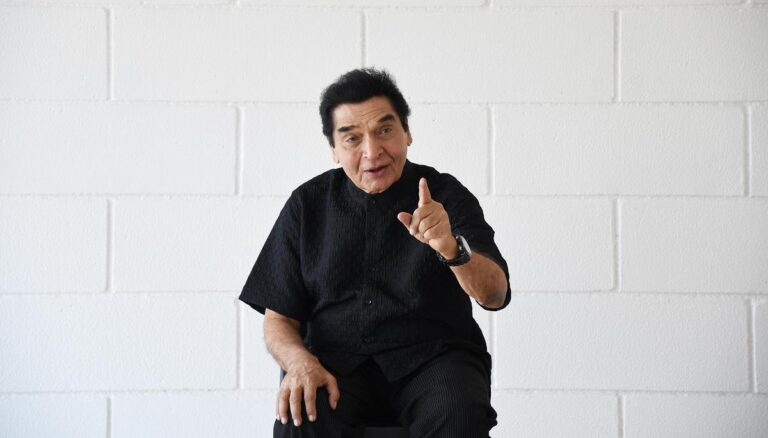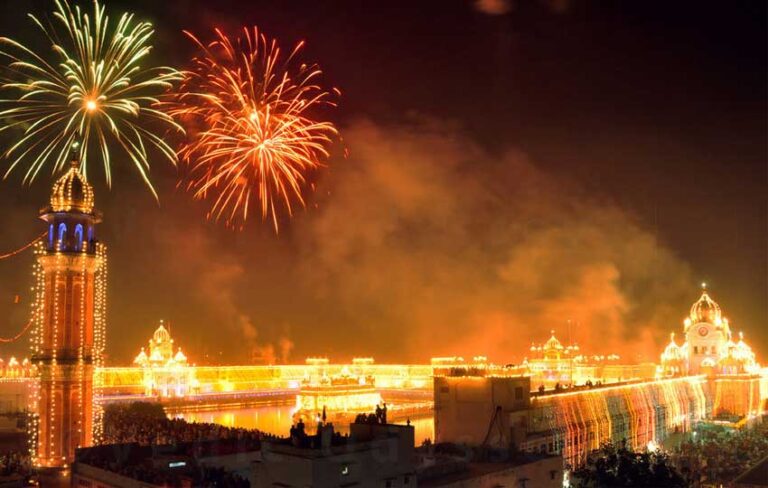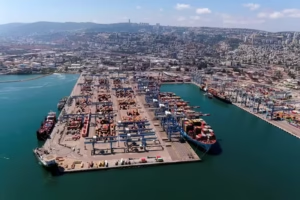Kisumu, Kenya October 18, 2025: What began as a solemn national moment to honor the late Raila Odinga, Kenya’s former Prime Minister and a lifelong opposition leader, turned into a day of chaos and heartbreak as violent clashes and stampedes left dozens injured in the western city of Kisumu.
The day had been marked as one of reflection and unity. Yet, as emotions ran high and thousands of supporters filled the streets to catch a glimpse of Odinga’s motorcade, tensions between mourners and security forces erupted. Hospitals later confirmed that at least 40 people were injured, with reports of tear gas use and injuries caused by the stampede.
A Sea of Support and Emotion
Crowds began gathering in Raila Odinga Kisumu early in the morning, waving flags and holding portraits of the veteran politician. Raila Odinga, who passed away last week, had long been a towering figure in Kenya’s democracy movement, admired for his resilience, reformist vision, and unyielding fight for electoral transparency.
When the funeral procession entered the city center, chants of “Baba, our hero lives on!” echoed through the streets. Witnesses say the atmosphere shifted quickly as the sheer number of attendees overwhelmed available space. Security forces attempted to control the surge, but confusion soon led to panic. Several mourners fell and were trampled, while others suffered from the effects of tear gas used to disperse parts of the crowd.
Local volunteer groups and medical workers rushed in to assist the injured. “It was terrifying. People were crying and screaming. We came to mourn, not to fight,” said Mercy Atieno, a witness who helped carry victims to nearby ambulances.
Security Under Scrutiny
Police officials defended their actions, stating that the crowd had become “unmanageable” and that intervention was necessary to prevent further harm. However, many Kenyans are questioning whether the authorities could have better managed the situation.
Human-rights groups, including Amnesty International Kenya, have called for an independent investigation into the conduct of security personnel during the event. “The excessive use of force during moments of national mourning dishonors both the deceased and the citizens he served,” said a spokesperson from the organization.
Political analysts note that the tensions during the procession reflect broader divisions within Kenya’s political culture. For many, Odinga was more than a politician he was a symbol of resistance and reform. His death has reopened long-standing debates about governance, democracy, and the balance of power in East Africa’s largest economy.
Government Appeals for Calm
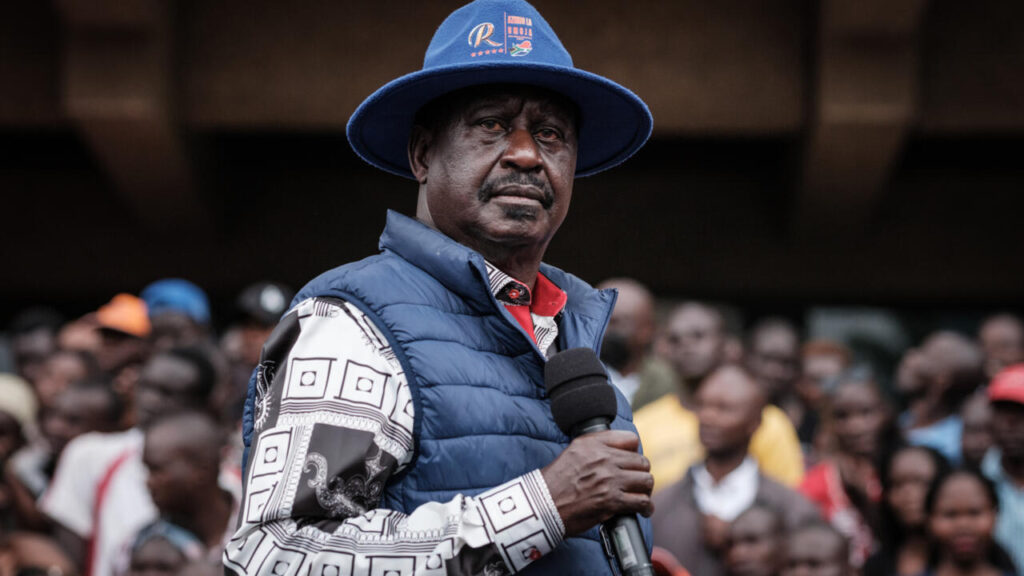
In a national address later that evening, President William Ruto urged citizens to honor Odinga’s memory peacefully. “Let us celebrate his courage, Raila Odinga his service, and his love for Kenya by maintaining the unity he fought for,” Ruto said.
Interior Ministry officials have since announced tighter crowd-control measures for Odinga’s upcoming burial ceremony, which is expected to attract international dignitaries and leaders from across Africa. Authorities are also deploying additional medical and emergency response teams to prevent further tragedy.
A Legacy That Lives Beyond Politics
Raila Odinga’s influence stretches far beyond Kenya’s borders. Over a career spanning five decades, he was jailed, exiled, and yet remained steadfast in his pursuit of democratic reform. He played key roles in the struggle for multi-party politics in the 1990s and served as a unifying figure during some of Kenya’s most turbulent elections.
Even in death, Odinga’s name continues to evoke passion and debate. Across the country, murals are being painted, candles are lit in village squares, and songs of tribute echo through radio stations.
For many Kenyans, the emotional outpouring seen in Kisumu is proof that his legacy endures. “Raila stood for justice and equality. The pain we feel today is a reflection of how deeply he touched this nation,” said Nairobi resident Peter Mwangi.
Looking Ahead
As Kenya prepares for Odinga’s state funeral, leaders and citizens alike are being reminded of his lifelong dream a united, just, and democratic Kenya. The scenes of chaos in Kisumu, while tragic, also highlight the depth of devotion he inspired.
His story remains unfinished in many ways. Whether Kenya can rise above the divisions that marred his final farewell may well determine how his legacy is remembered: as a symbol of hope that outlived the man himself.
